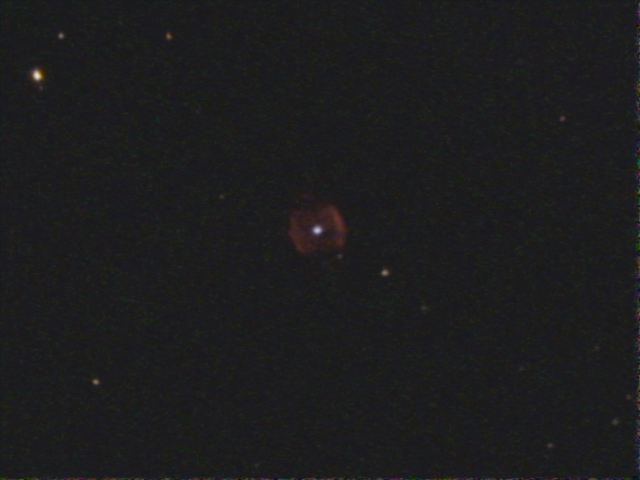Right ascension 00 13 01.015 Apparent magnitude (V) 10.7, 11.6 | Declination +72° 31′ 19.085″ Apparent dimensions (V) 38 x 35 arcseconds | |
 | ||
Distance ~3,500 ly (~1.0 kpc) ly | ||
NGC 40 (also known as the Bow-Tie Nebula and Caldwell 2) is a planetary nebula discovered by William Herschel on November 25, 1788, and is composed of hot gas around a dying star. The star has ejected its outer layer which has left behind a smaller, hot star with a temperature on the surface of about 50,000 degrees Celsius. Radiation from the star causes the shed outer layer to heat to about 10,000 degrees Celsius, and is about one light-year across. About 30,000 years from now, scientists theorize that NGC 40 will fade away, leaving only a white dwarf star approximately the size of Earth.
References
NGC 40 Wikipedia(Text) CC BY-SA
